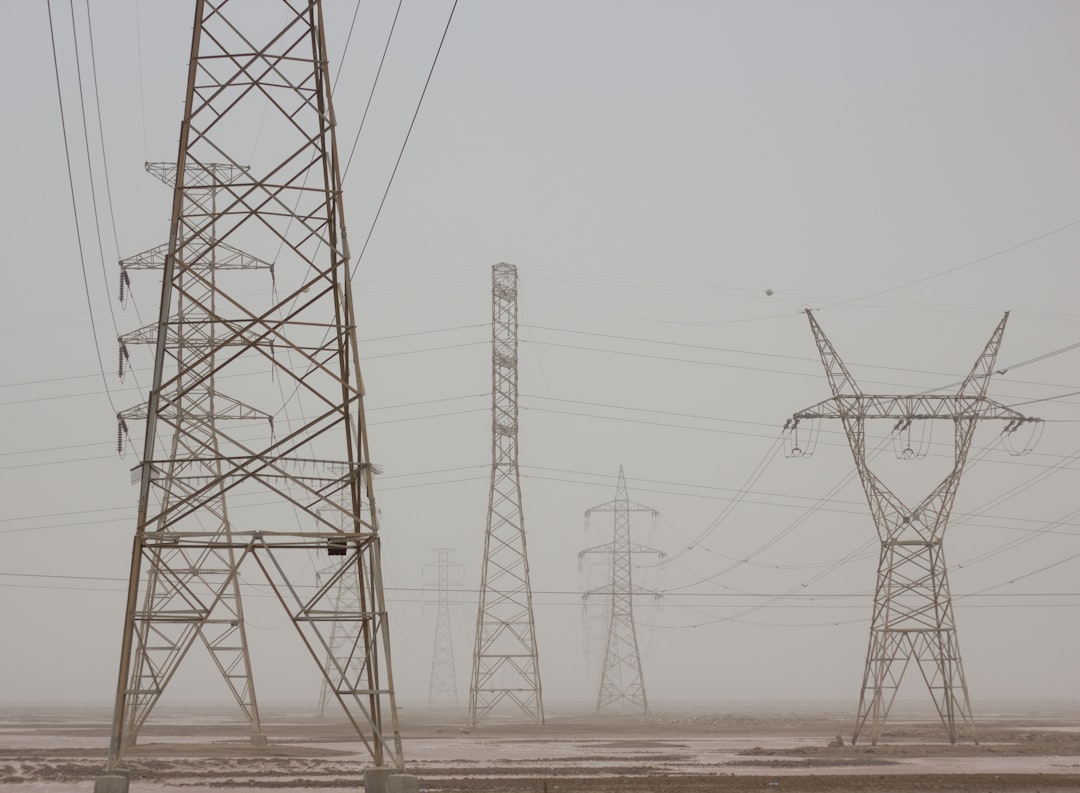What is it about?
The article discusses the fundamentals and state of the art of laser accelerated electron beams generated using high peak power tabletop ultrashort laser pulse sources, some commercially available. The technique, called laser wakefield electron acceleration, uses the plasma created in a gas target to convert the oscillating transverse field of the laser pulse into a longitudinal accelerating field. The beam obtained is composed of groups of electrons with a few femtoseconds in duration (one millionth of one billionth, of a second). The article also presents simulations of this process using laser pulses with peak power around 1 terawatt (one trillion watts), incident on a very fine jet of hydrogen gas. Since the studied configurations allow the use of laser systems with repetition rates in the kHz range, their results can be beneficial for the development of many practical applications.
Featured Image

Photo by FLY:D on Unsplash
Why is it important?
Simulations that scan this specific set of parameters in this technique have not previously been performed, so the results can provide useful new experimental guidance. It is known that the beams generated by this regime have a high electrical charge per shot (in the nanocoulomb scale), but a wide energy spectrum (of lower quality), around the value of one mega electron volt (MeV). They are relevant for applications where a high dose of radiation is required. However, ultrashort groups of electrons with an almost mono-energetic spectrum around 10 MeV are also generated in about 1% of the beam. This study investigates these minority electrons and explains, for the first time, that their characteristics are similar to those that constitute the electron beams generated by more complex systems. At a high repetition rate, they are suitable for applications such as ultrafast electron diffraction, selective radiolysis, irradiation of biological samples, ultrafast imaging and femtosecond x-ray generation.
Perspectives
Laser systems that produce ultrashort pulses with multiple TW operating at rates of kHz are still experimental, but compact commercial products operating around 1-2 TW @ 1 kHz are currently available. Using these table-sized laser sources, electron beam laser acceleration is therefore possible in small and medium laboratories. The article demonstrates a possible approach to the study of sizing and scale that precedes the design of such systems, which require much less resources than configurations that use laser pulses of few cycles and/or peak power of many TW. Furthermore, it is estimated that such compact electron accelerator systems, in the configurations described here, can become ubiquitous and especially useful in medicine and industry.
Dr. Edison Puig Maldonado
Instituto Tecnológico de Aeronáutica
Read the Original
This page is a summary of: Study of quasimonoenergetic electron bunch generation in self-modulated laser wakefield acceleration using TW or sub-TW ultrashort laser pulses, AIP Advances, June 2021, American Institute of Physics,
DOI: 10.1063/5.0052831.
You can read the full text:
Resources
Contributors
The following have contributed to this page










